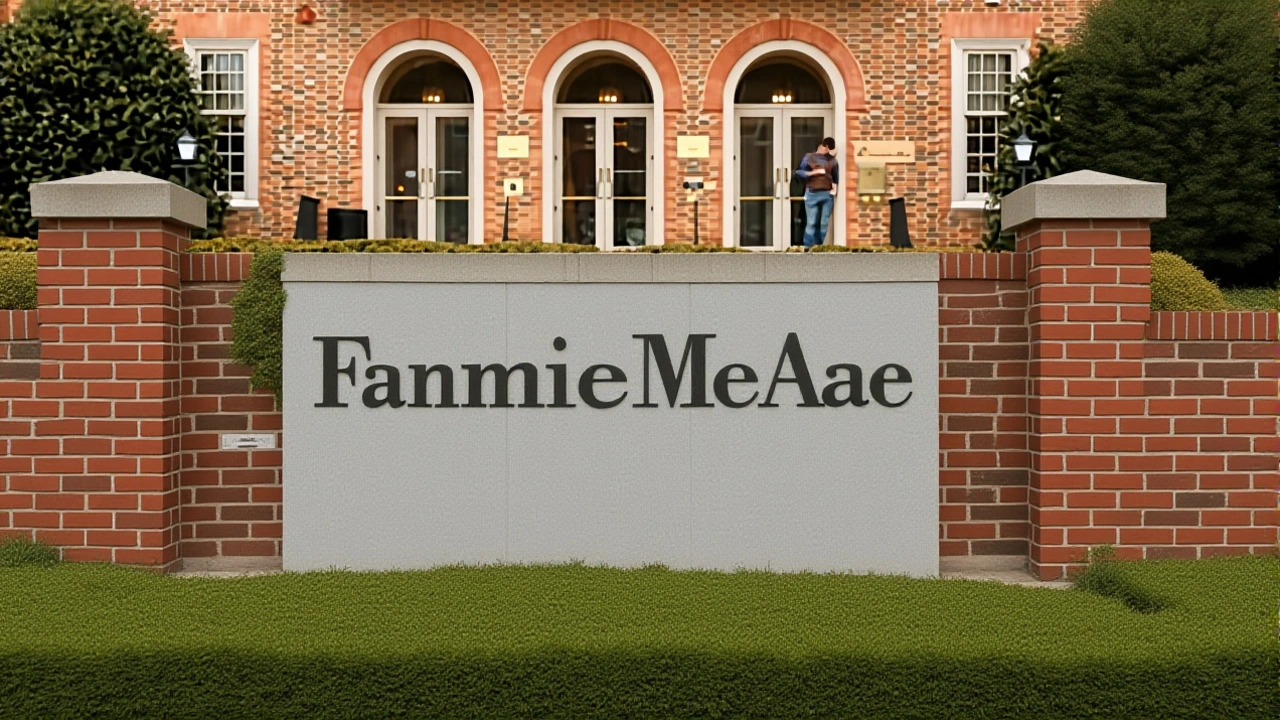FHFA: What It Is and Why It Matters
When you hear FHFA, the Federal Housing Finance Agency, the U.S. regulator that oversees the nation’s mortgage finance system. Also known as Federal Housing Finance Agency, it sets the rules for lenders, monitors risk, and protects taxpayers from housing‑finance failures. In plain words, FHFA is the watchdog that keeps the big government‑backed mortgage players in check.
One of the key entities under FHFA’s umbrella is Fannie Mae, a government‑sponsored enterprise that buys home loans and packages them into mortgage‑backed securities. FHFA’s oversight ensures Fannie Mae follows capital standards and doesn’t take on excessive risk. This relationship means any change in FHFA policy can directly affect how easily borrowers get mortgages and at what cost.
Alongside Fannie Mae, Freddie Mac, another government‑sponsored enterprise that does the same work for a different segment of the market, also answers to FHFA. When FHFA tightens its regulations, Freddie Mac must adjust its loan‑purchase criteria, which ripples through banks, credit unions, and ultimately homebuyers.
Why FHFA Regulation Shapes the Mortgage Market
The mortgage market itself is a related entity that FHFA influences every day. By setting loan‑to‑value limits, credit‑score thresholds, and appraisal standards, FHFA helps keep the housing market stable. For example, a new FHFA guideline that raises the minimum credit score for loan eligibility can push lenders to tighten underwriting, affecting loan approval rates.
Another crucial piece of the puzzle is the broader housing finance system, the network of lenders, investors, and government agencies that funds home purchases across the United States. FHFA’s role here is to balance consumer protection with market liquidity, ensuring that both first‑time buyers and seasoned investors have access to affordable financing.
Because FHFA actions are often tied to economic cycles, its announcements can shift market sentiment quickly. When FHFA signals a more aggressive stance on risk, mortgage rates may climb as lenders price in higher compliance costs. Conversely, a relaxed regulatory tone can lower rates and spur home‑buying activity.
All of these entities—FHFA, Fannie Mae, Freddie Mac, and the wider housing finance system—interact like gears in a machine. Understanding how they fit together helps you make sense of news about policy tweaks, earnings reports, or court rulings that involve the agency.
Below you’ll find a curated selection of articles that dive into recent FHFA moves, mortgage‑market trends, and the latest developments at Fannie Mae and Freddie Mac. Whether you’re tracking policy impact or just curious about how the agency affects your mortgage, the stories ahead give you the details you need without the jargon.
FHFA Orders Fannie Mae, Freddie Mac to Weigh Crypto Holdings in Mortgage Reserves
FHFA director William J. Pulte orders Fannie Mae and Freddie Mac to allow crypto holdings on regulated exchanges as mortgage reserves, aiming to broaden home‑loan access for digital‑asset investors.
View more